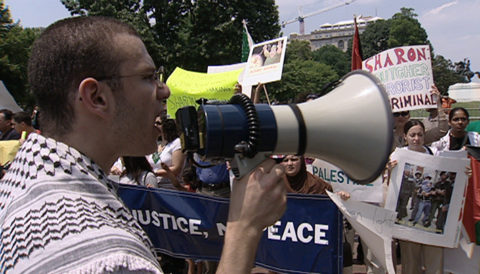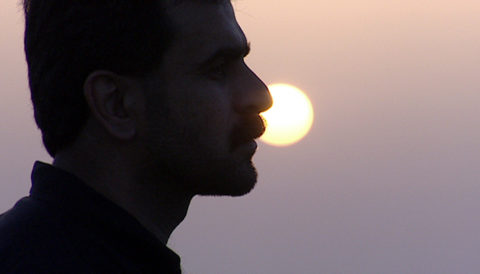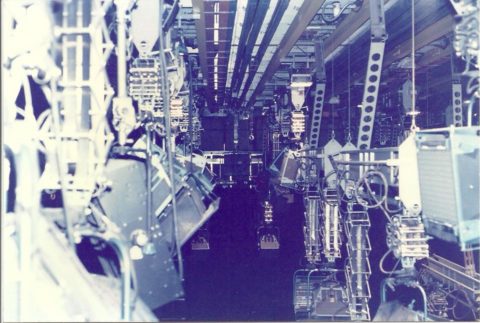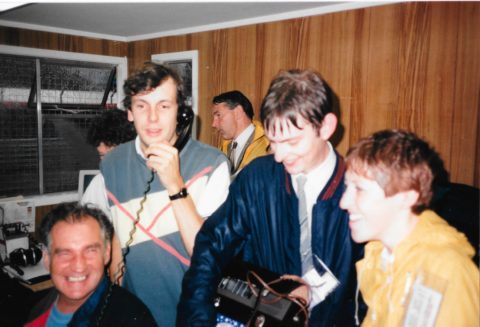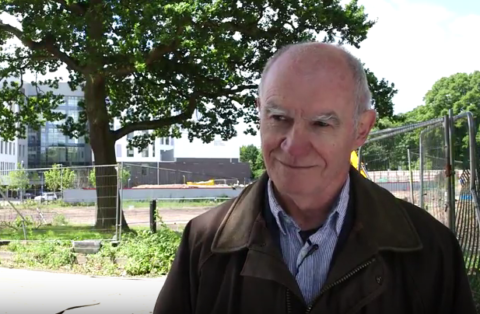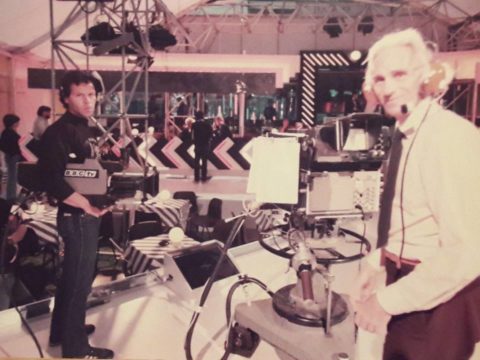These screen grabs are from the documentary Islamophobia, it went out on BBC 2, 18th August 2001 at 19.25. Here is the entry from the Radio Times, courtesy of the BBC Genome project:
“Concluding the week-long season of programmes reflecting contemporary life for Muslims in the UK.
Jeremy Bowen investigates, by means of personal testimony, secret filming and a nationwide survey, the extent to which racism affects the lives of Muslims in Britain. Specific examples which may point to a deep-seated historical prejudice in the west towards Islam include an arson attack on an east London Islamic centre, a British National Party statement referring to a “Muslim problem” rather than an Asian one, and the detention and humiliation of an innocent Muslim man in the USA in the wake of the Oklahoma bombing. Producer John Das : Editor Ruth Pitt.”
http://genome.ch.bbc.co.uk/3bf7ebe93e8e47dd8eb3c9efe8f029bc
Thanks to Ian Collins for sharing these stills.
The following comments were left on the Pebble Mill Facebook page:
Fiona Stennett: ‘I was the dubbing assistant on this, with Ben Peissel mixing. I remember it being a very tense day!’
Adam Trotman: ‘I cut it… if I rememeber it was Tx’d just weeks before 9/11
What the documentary showed at that time was Britain wasn’t actually Islamaphobic…just ignorant about the religon really… Then Two Buildings fall in USA ….
John and I and the amazing researcher of the show often talked of doing a sequel to it alas never came to pass.’
